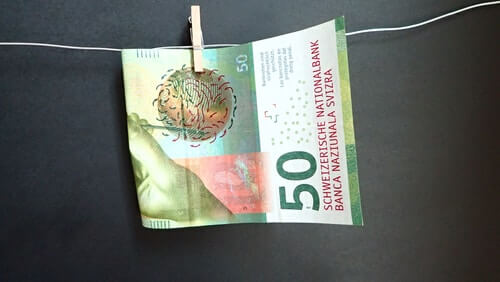
Switzerland Exports Grind to a Halt! What’s Behind the Sudden Stagnation?
In a recent announcement, the Swiss government revealed that the country’s economy came to a standstill during the second quarter of 2023. The authorities primarily attributed this economic stagnation to external factors that took a toll on Switzerland’s manufacturing sector and exports.
Sluggish Growth Numbers
During the period from April to June, Switzerland recorded a disheartening 0% growth rate in its Gross Domestic Product (GDP). This figure, which excludes income from sporting events, marked a significant drop from the 0.9% growth seen in the first quarter of the year. Furthermore, it fell short of the 0.1% growth rate that some analysts forecasted.
Manufacturing Woes
The manufacturing sector emerged as the key driver behind this economic slowdown, with a sharp 2.9% contraction in output. This decline was particularly noticeable in Switzerland’s robust chemical and pharmaceutical industry, which experienced a downturn.
Swiss Franc Exchange Rate and Swiss City Impact
The State Secretariat for Economic Affairs (SECO) pointed out that the challenging international environment heavily impacted industries sensitive to economic cycles, such as mechanical engineering and metal construction. These factors contributed to a second-quarter decline in value-added across various sectors.
SECO further noted that the economic downturn reverberated in the form of a widespread decline in goods exports across multiple countries and product categories. This underscored the extensive reach of the economic challenges faced by Switzerland.
Swiss Market Index and Swiss Tax Rate Insights
Companies in Switzerland exercised caution during this period, as seen in a 3.7% drop in equipment investment compared to the previous quarter. This decline was particularly evident in reduced spending on information technology, research and development, and vehicles.
VP Bank economist Thomas Gitzel emphasized Switzerland’s vulnerability to the economic fortunes of its neighbouring European countries. He argued that, as a small, open economy, Switzerland couldn’t detach itself from the fluctuations in neighbouring economies. Gitzel predicted that Swiss economic growth would likely hover around zero for the remainder of 2023.
Resilient Consumer Spending
Despite the economic challenges, Swiss private consumption remained resilient during the second quarter, registering a 0.4% increase. This uptick was mainly driven by increased expenditure on healthcare, food, and accommodation.
Looking at the bigger picture, SECO reported that, compared to the same period in the previous year, the Swiss economy achieved a modest growth rate of 1.1% during the second quarter of 2023.
Future Economic Outlook
Despite the current slowdown, the Swiss government remains optimistic about the future. In June, they projected a 1.1% growth rate for the country’s economy in 2023, expecting a more robust 1.5% increase in 2024. These projections offer a glimmer of hope amid the present economic challenges as Switzerland looks to regain its momentum on the global stage.




